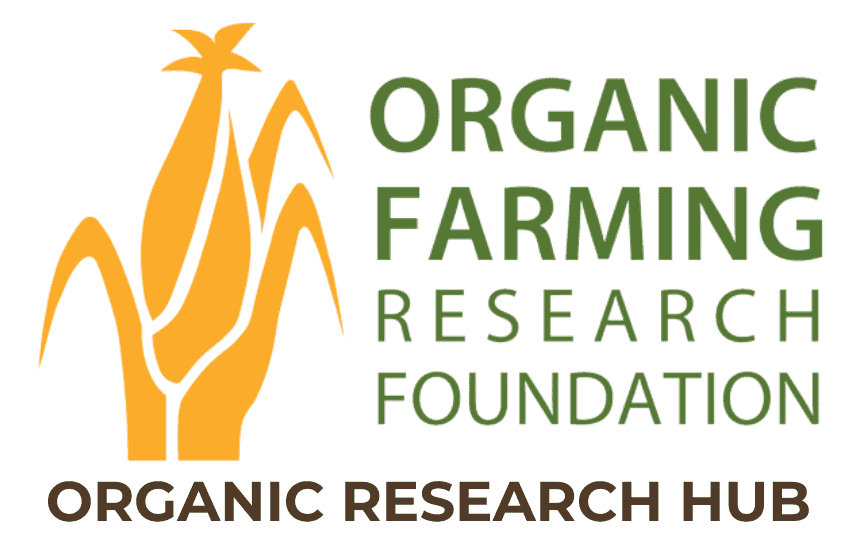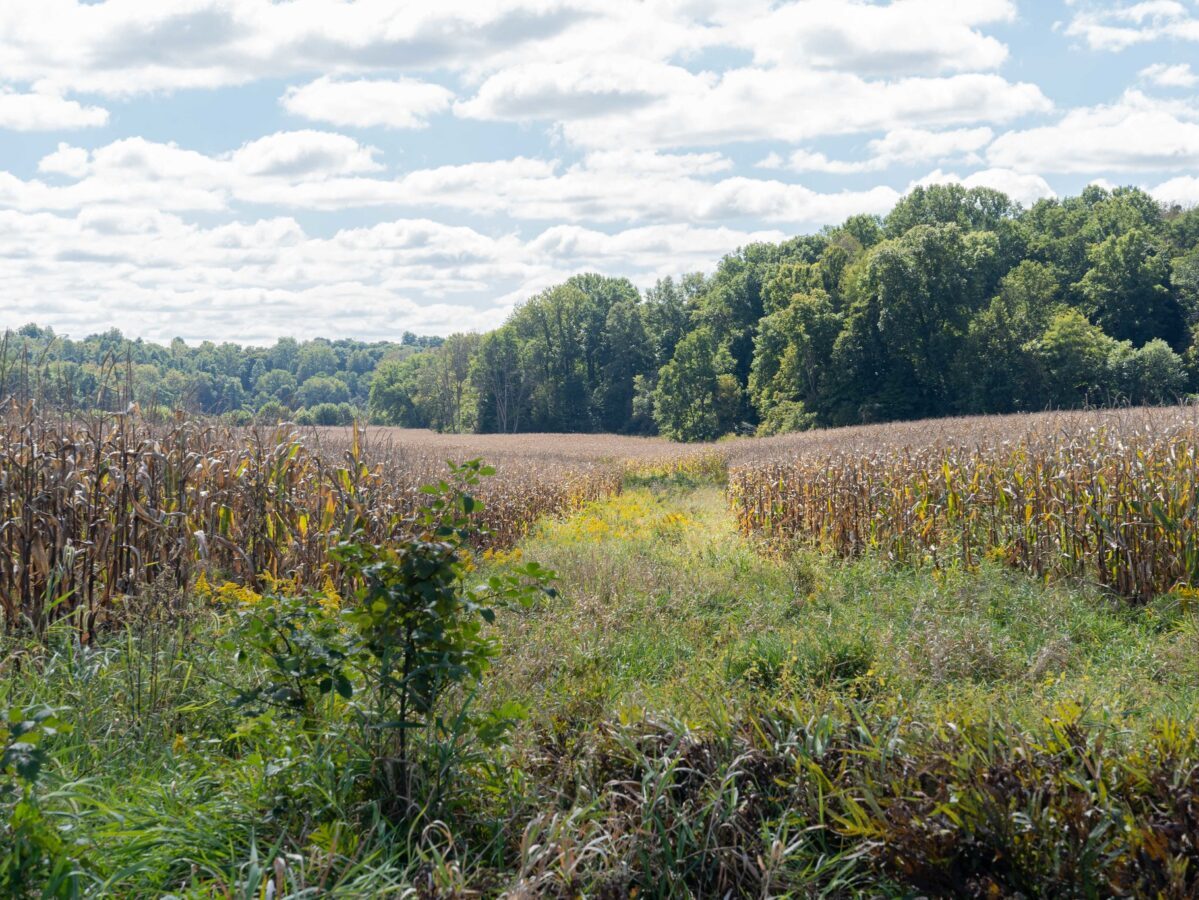Effect of Biosolarization and Cover Crops on Weeds and Soil-borne Pathogens
Ashraf Tubeileh, California Polytechnic State University

Field experiments were conducted at the Cal Poly Organic Farm in San Luis Obispo, California, to examine the effects of soil solarization and sudangrass residues on weeds, Verticillium dahliae populations, plant health, and yields in organic strawberry production. A split-plot design was employed, where sudangrass was grown, mowed, and then used in two treatments: as surface mulch or incorporated into the soil. The sudangrass treatments, along with a control, were tested with and without soil solarization (n=4). Maximum soil temperatures in solarized plots reached 53°C at a depth of 5 cm and 42°C at a depth of 15 cm.
Solarization significantly reduced weed biomass during the first 3.5 months after tarp removal (p=0.03), lowered Verticillium dahliae populations (p=0.01) and disease incidence (p<0.01), and increased yields (p<0.01) compared to non-solarized plots. The sudangrass treatments did not significantly impact V. dahliae populations (p=0.33) or yields (p=0.25). However, mulched plots showed lower weed biomass (p=0.03) and reduced plant mortality (p<0.01) than the other sudangrass treatments (p=0.03).
Overall, the results suggest that solarization can be effectively used in organic strawberry production on the central coast to reduce the need for hand-weeding, decrease disease incidence, and enhance yields.
Region
West/Southwest
Topic
Weed Management, Disease Management, Cropping Systems
Category
Vegetables/Fruits
Date Range
2011-2020
Funding Amount
$10,625
Funding Year
2019Location
San Luis Obispo, California
Collaborators
Timothy Jacobs, Cal Poly Corporation



